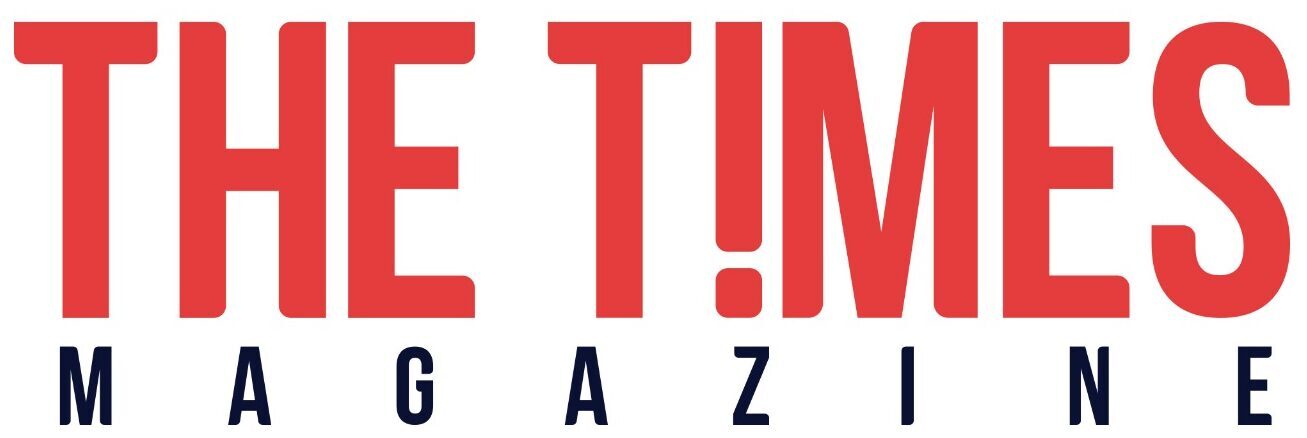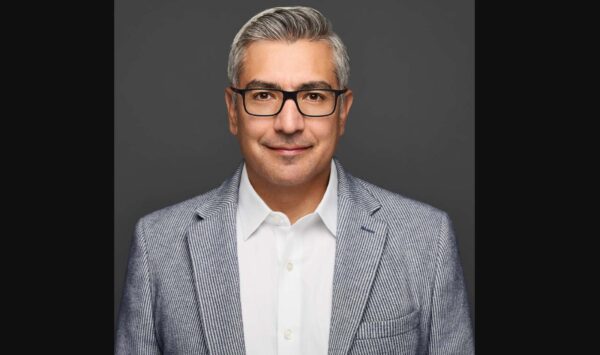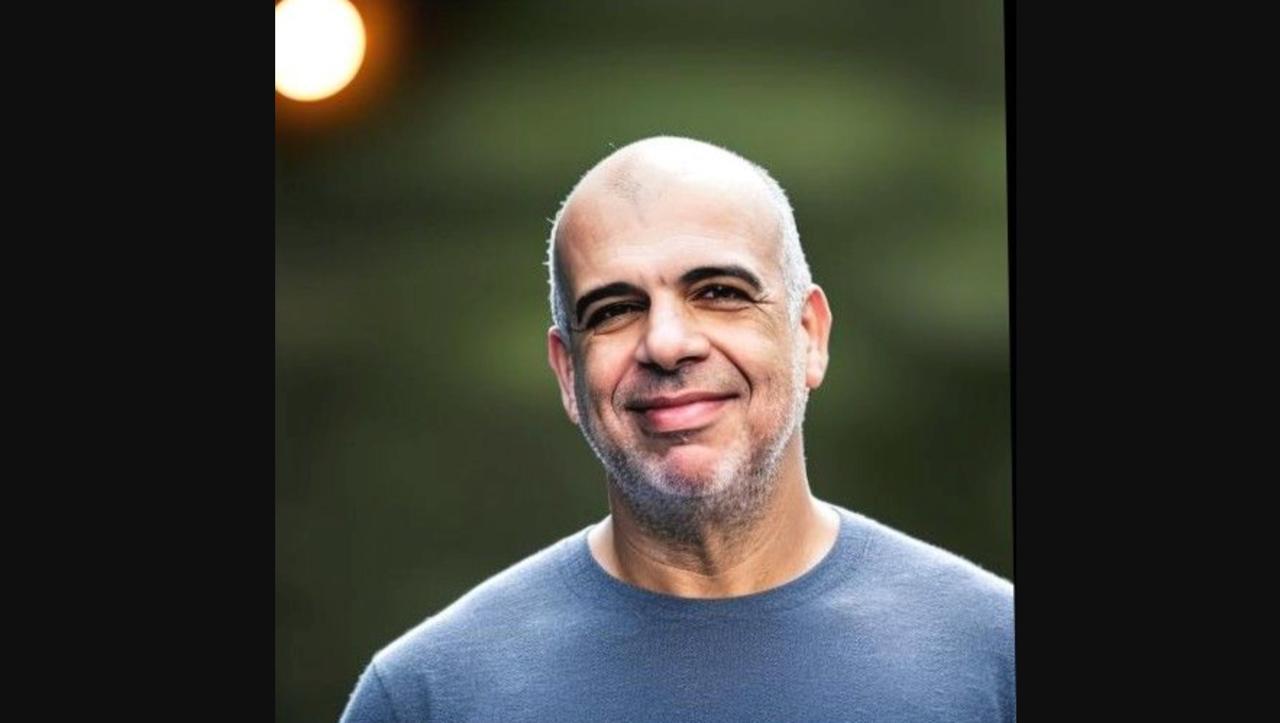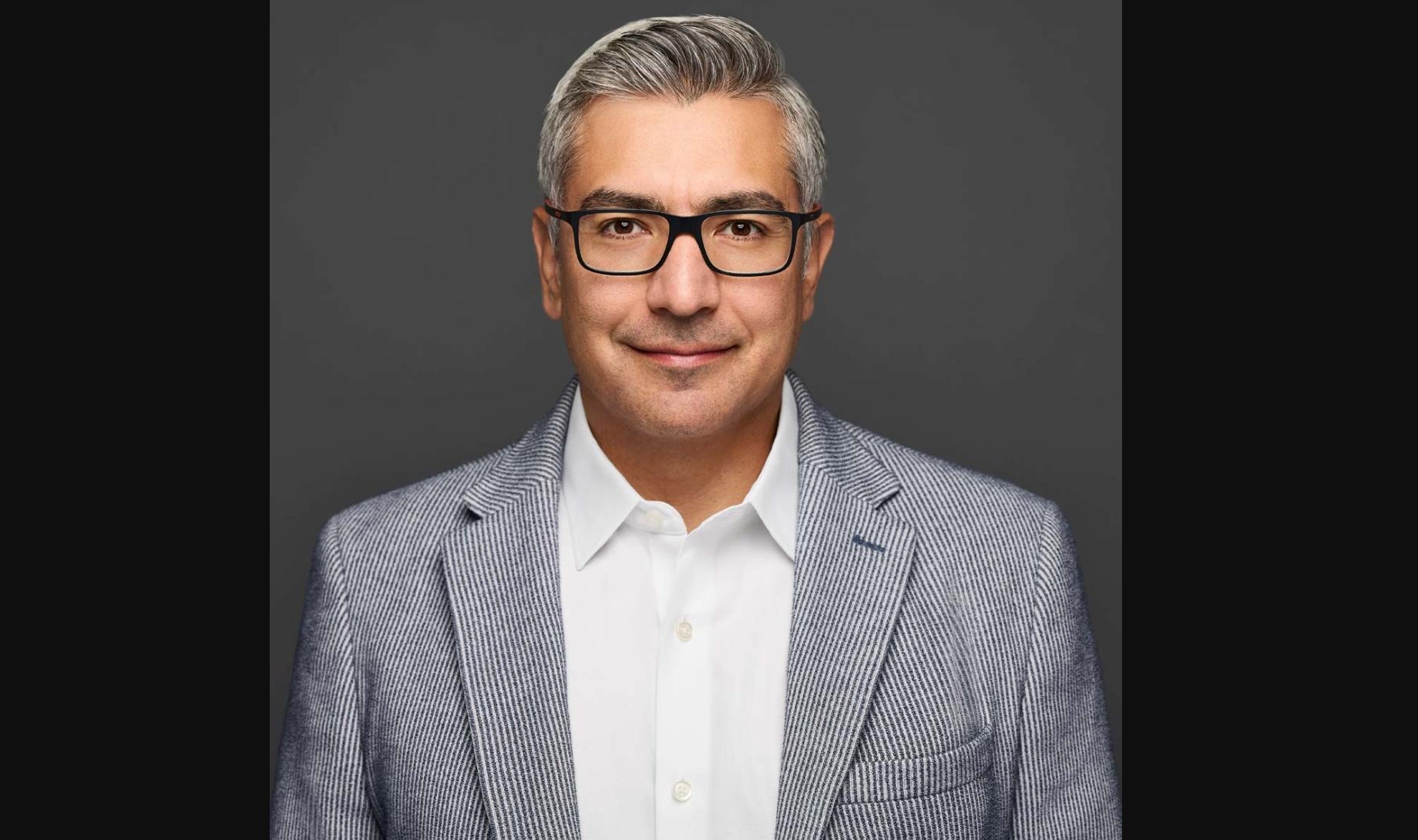In a decisive move for the cross‑border payments landscape, Tensec, the San Francisco‑based fintech building AI‑native B2B financial infrastructure, has secured a $60 million credit facility from Upper90 Capital Management, LP (“Upper90”). This infusion is set to propel the startup from processing roughly $500 million in annual trade volume to an ambitious target of $5 billion—a ten‑fold leap aimed at capturing surging demand from global trading companies.
The backdrop to this acceleration is significant: global cross‑border payment volumes are projected to expand from an estimated US $194.6 trillion in 2024 to around US $320 trillion by 2032, representing a 64 per cent growth span. Tensec places itself squarely in that growth curve by offering “zero‑integration” financial tooling—meaning trading firms can plug in foreign exchange (FX), cross‑border payments, treasury and other banking‑adjacent services with minimal engineering lift. The company partners with Stearns Bank, N.A., Member FDIC, to provide the banking infrastructure in the U.S.
In its “Powered by Tensec” model, the platform handles everything from compliance and operations to tech delivery behind the scenes. According to founder and CEO Helcio Nobre, the credit arrangement with Upper90 “allows us to rapidly scale our customer base and transaction volumes, bringing more global trade enablers into the cross‑border financial services market.” Meanwhile, Upper90 co‑founder and CEO Billy Libby described Tensec’s technology‑led approach as a “perfect fit” for Upper90’s strategy of backing capital‑intensive, early‑stage‑growth companies with tech‑first platforms.
This latest facility builds on a seed‑funding round earlier this year, in which Tensec raised $12 million led by Costanoa Ventures. That round underpinned the company’s early traction, which included clients already transacting in the order of US $10 billion in annual trade volume—even before the new expansion push. Tensec’s ambitions also include onboarding more than one hundred new trading‑partners over the next 18 months, each gaining instant access to compliant U.S. banking and payment capabilities that previously would require years and hefty engineering investment.
What this means for the industry
Tensec’s strategy marks several shifts in the global‑payments ecosystem. First, it leverages artificial intelligence to manage compliance, risk and operations—a departure from traditional, manual‑heavy FX/treasury services. Second, by enabling trading firms to embed financial services into their flows (rather than outsourcing to banks), it expands the addressable market beyond pure payments to “payments +” platforms for SMBs and trade‑operators alike. Third, the use of a credit facility (rather than equity) suggests a capital‑efficient scaling model that retains founder ownership while unlocking transaction volume.
For trading companies—especially those operating in import/export and other global supply‑chain flows—the proposition is compelling: offer your clients FX, payments and treasury tools with minimal build, capturing margin and loyalty. From Tensec’s vantage, the company becomes the enabler behind such white‑label services.
Editorial snapshots & industry outlook
While the $60 million credit line is notable, the real test lies ahead in executing the expansion from US $500 million to US $5 billion in annual trade volume. That means not just onboarding new trading‑partners but also ensuring platform reliability, regulatory compliance across jurisdictions, and competitive pricing. Many fintechs falter when moving from seed traction to scale.
However, Tensec seems well‑positioned: the team draws heavily on alumni from giants like PayPal, Meta Platforms, Visa Inc., Mastercard Inc. and Goldman Sachs, signaling deep experience in payments, compliance and scale. But the cross‑border space is also crowded, with traditional banks doubling down and fintechs widening their reach.
From a market perspective, the pricing arbitrage in cross‑border flows remains significant—SMBs often pay high FX spreads, long settlement times and lack integrated treasury tools. Tensec’s value‑proposition of “no API build, plug‑and‑play” could tilt the balance—provided it keeps execution tight and customer onboarding fast. The credit facility gives it runway; now the product‑market fit and channel execution will determine whether it becomes a dominant platform or just another fintech story.
If you need further assistance or have any corrections, please reach out to editor@thetimesmag.com.











